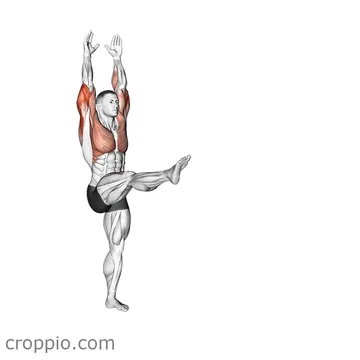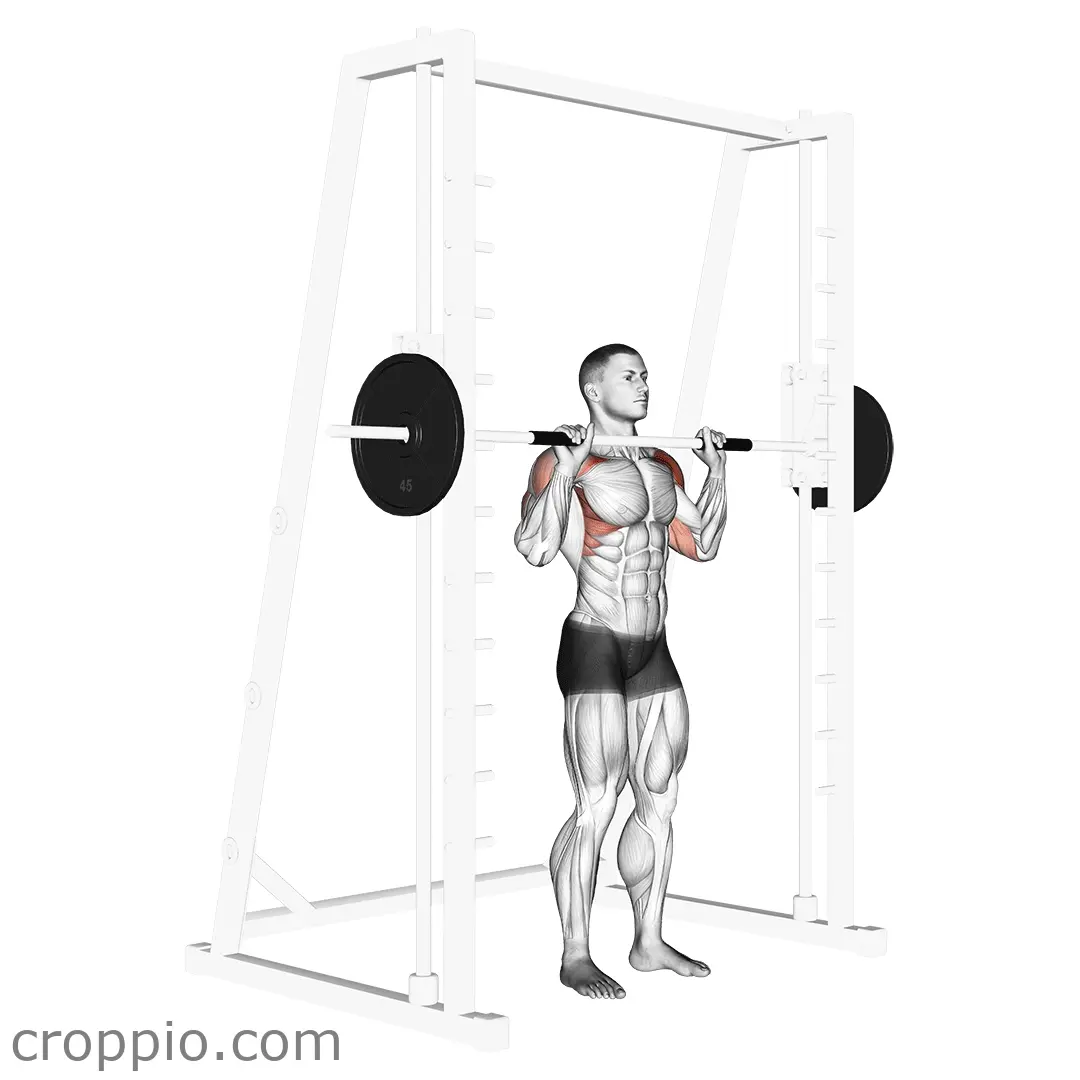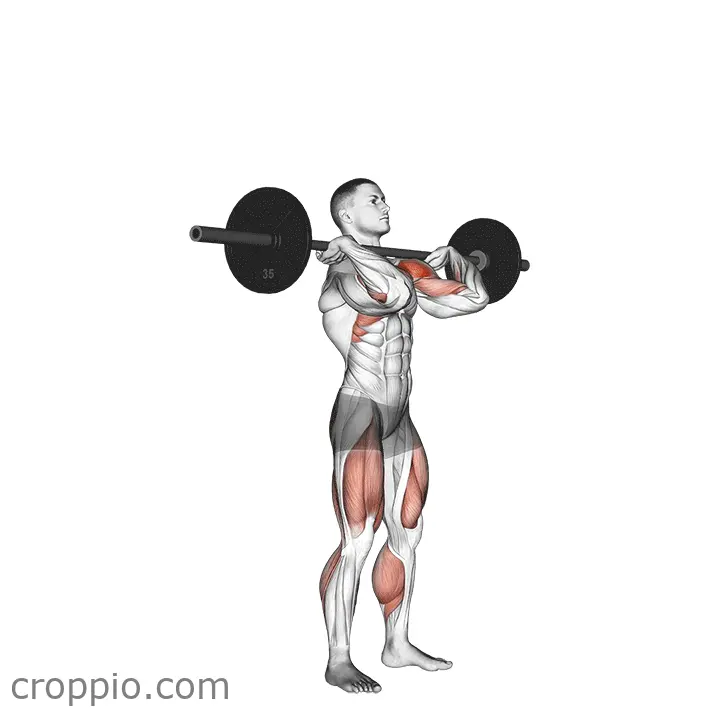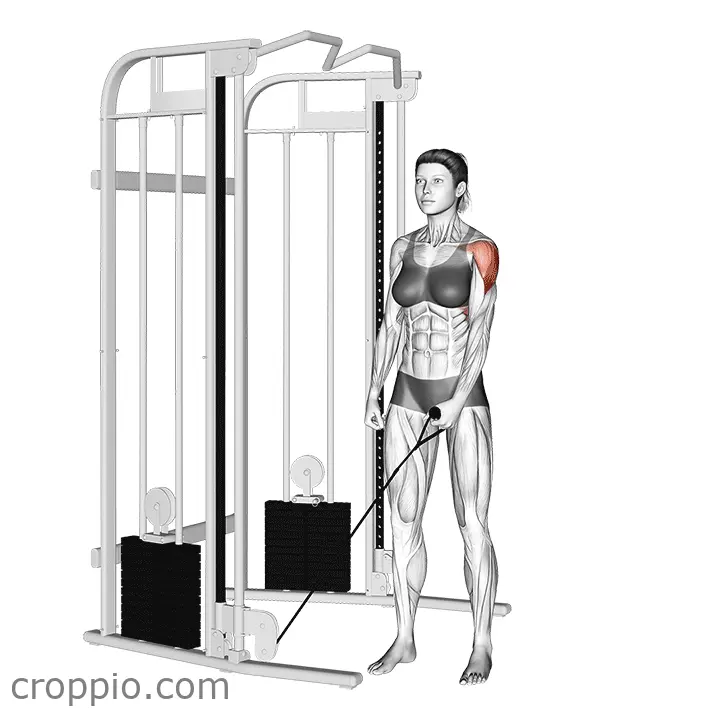Handstand

Muscles Involved
The handstand is a dynamic exercise that primarily targets the upper body, particularly the shoulders, arms, and core. The major muscles involved include:
- Shoulders: The deltoids are heavily engaged to support the body’s weight while maintaining stability.
- Arms: The triceps play a crucial role in extending the elbows and keeping the arms strong and straight.
- Core: The abdominals and obliques are activated to keep the torso aligned and to prevent sagging or arching at the hips.
- Wrists: The forearm muscles assist with balance and support as the wrists bear the load.
Top Mistakes
- Arching the Back: Allowing the lower back to sag can lead to discomfort and poor form.
- Incorrect Hand Placement: The hands should be shoulder-width apart; placing them too wide or too narrow affects balance.
- Neglecting the Core: Failing to engage the core may cause instability and increased difficulty in maintaining the position.
- Overreliance on One Side: Leaning too much to one side can lead to poor form and potential injury.
Execution Tips
To perform a handstand correctly, follow these execution tips:
- Start with a Kick-Up: Begin in a standing position and kick your legs up, ensuring to maintain a strong core and straight body.
- Align Your Body: Ensure your head is in a neutral position with your gaze slightly forward for better balance.
- Tighten the Core: Keep your abdominal muscles engaged throughout the hold to maintain a straight line from head to toes.
- Practice Wall Push-Ups: To build strength, practice handstand push-ups against a wall to improve balance and shoulder stability.
Workouts
Incorporating handstands into a workout routine can enhance upper body strength and coordination. Beginners may start with:
- 3 sets of 15-30 second holds against a wall or with a partner for support.
- As strength improves, progress to 3-5 sets of freestanding handstands, aiming for 10-15 seconds each.
- Complementary exercises, such as shoulder presses, planks, and wrist exercises, can improve overall stability and strength.
Conclusion
Handstands offer a variety of benefits, including improved upper body strength, enhanced balance, and increased core stability. Additionally, they provide mental benefits through the development of focus and confidence as one learns to defy gravity. Making the handstand a regular part of your training can lead to significant progress in both fitness and body awareness.
Handstand Workouts
back_V1
1 days
5
exercises per day



